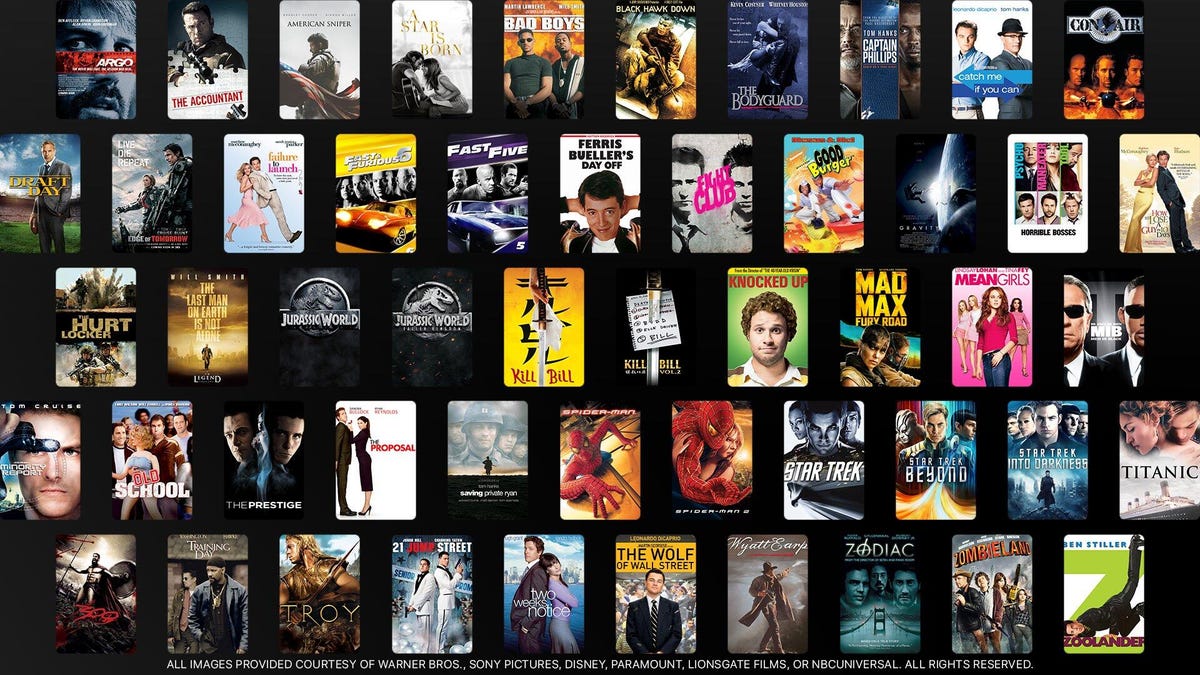电子商务聚合平台:整合与挑战
Thrasio破产仅数日后,另外两家主要电商聚合平台合并并获得额外融资
“`html
Razor and Perch combine forces, secure $100 million at a $1.7 billion valuation as consolidation trend continues to grow.
Just days after the bankruptcy of Thrasio, two other major players in the world of e-commerce aggregators are merging and raising additional funds to strengthen their business. Berlin’s Razor Group has acquired U.S.-based Perch and secured just over $100 million in funding, with leading investment firm Presight Capital at the helm. The combined business now holds an enterprise value of $1.7 billion, with $400 million in debt.
This latest development underscores the ongoing consolidation and reordering taking place in the e-commerce aggregation space. Perch had been actively seeking a buyer for nearly a year before the acquisition, and Razor has been steadily acquiring smaller aggregators like Stryze and Factory 14. This trend is not unique, as other players are also pursuing mergers and acquisitions.
The timing of this deal is notable, coming just a week after Thrasio filed for Chapter 11 bankruptcy protection, despite having raised $3 billion in funding previously. Surprisingly, Perch and Razor claim they were unaware of Thrasio’s imminent bankruptcy when the deal was struck. The news caught them off guard, given the significant amount of investment Thrasio had attracted. Although Perch and Razor share some common investors with Thrasio, they maintain that they were not privy to the company’s financial troubles.
The combined ownership of the new business involves investors from both Perch and Razor. Perch’s backers include prominent venture capital firms like SoftBank and Spark Capital, while Razor’s supporters include L Catterton, BlackRock, Upper90, Global Founders Capital, and others. The ownership split will result in Perch investors owning roughly one-third of the shares, while Razor’s investors will hold two-thirds. Razor’s most recent valuation was $1.2 billion when it last raised funding about a year ago.
The e-commerce aggregation business model has always seemed promising on paper. With millions of retailers selling on marketplaces like Amazon, aggregators can benefit from economies of scale and gain insights into consumer preferences. However, there have been persistent challenges when it comes to merging operations and harmonizing platforms. This raises the question of why investors continue to support aggregators despite the difficulties they face in execution.
Tushar Ahluwalia, the CEO and co-founder of Razor Group, believes that their focus on being founder-led sets them apart. He emphasizes the importance of having someone who thinks with a founder’s mindset rather than solely pursuing financial gains. Ahluwalia considers customer-centric approaches and agile supply chains as keys to their success. Additionally, Razor Group places significant emphasis on technology and aims to adopt the consumer-to-manufacturing (C2M) model prevalent in Asian markets, exemplified by companies like Shein.
With this acquisition, Razor Group positions itself as the market leader in e-commerce aggregation, predicting revenues of $1 billion in the next four to eight quarters. Ahluwalia also highlights their bottom-line profitability.
Q&A
Q1: What led to the bankruptcy of Thrasio despite its substantial funding?
Thrasio’s bankruptcy came as a surprise to many, given its massive funding. The exact reasons behind the bankruptcy are complex, but it could be attributed to various factors such as high debt levels, operational challenges in consolidating acquired businesses, and the evolving dynamics of the e-commerce aggregation space.
Q2: How does e-commerce aggregation benefit retailers and consumers?
E-commerce aggregation offers several advantages to both retailers and consumers. Retailers can benefit from economies of scale, increased brand visibility, and access to advanced fulfillment and logistics capabilities. For consumers, aggregation provides a wider range of products, competitive pricing, and improved shopping experiences.
Q3: What are the key challenges faced by e-commerce aggregators when merging operations?
One of the primary challenges for e-commerce aggregators is integrating and streamlining operations effectively. This involves harmonizing disparate systems, managing inventory and supply chains, and ensuring a seamless transition for acquired retailers. Additionally, consolidating different business cultures and processes can pose significant obstacles.
未来发展
The e-commerce aggregation space is likely to witness further consolidation and growth in the coming years. As the market matures, aggregators will need to focus on developing efficient operational strategies, enhancing technology capabilities, and maintaining strong customer relationships. Innovation in areas such as C2M and supply chain optimization will play a crucial role in shaping the future of this industry.
To stay updated on e-commerce aggregation trends and developments, explore the following links:
“““html
请随时与科技爱好者和电子商务爱好者分享本文。电子商务聚合的世界正在快速发展,保持信息更新是乘着创新浪潮的关键!
🚀🌐🛒
[图片来源:Unsplash]
“`






